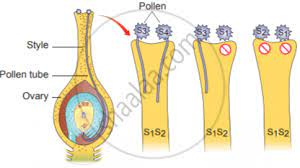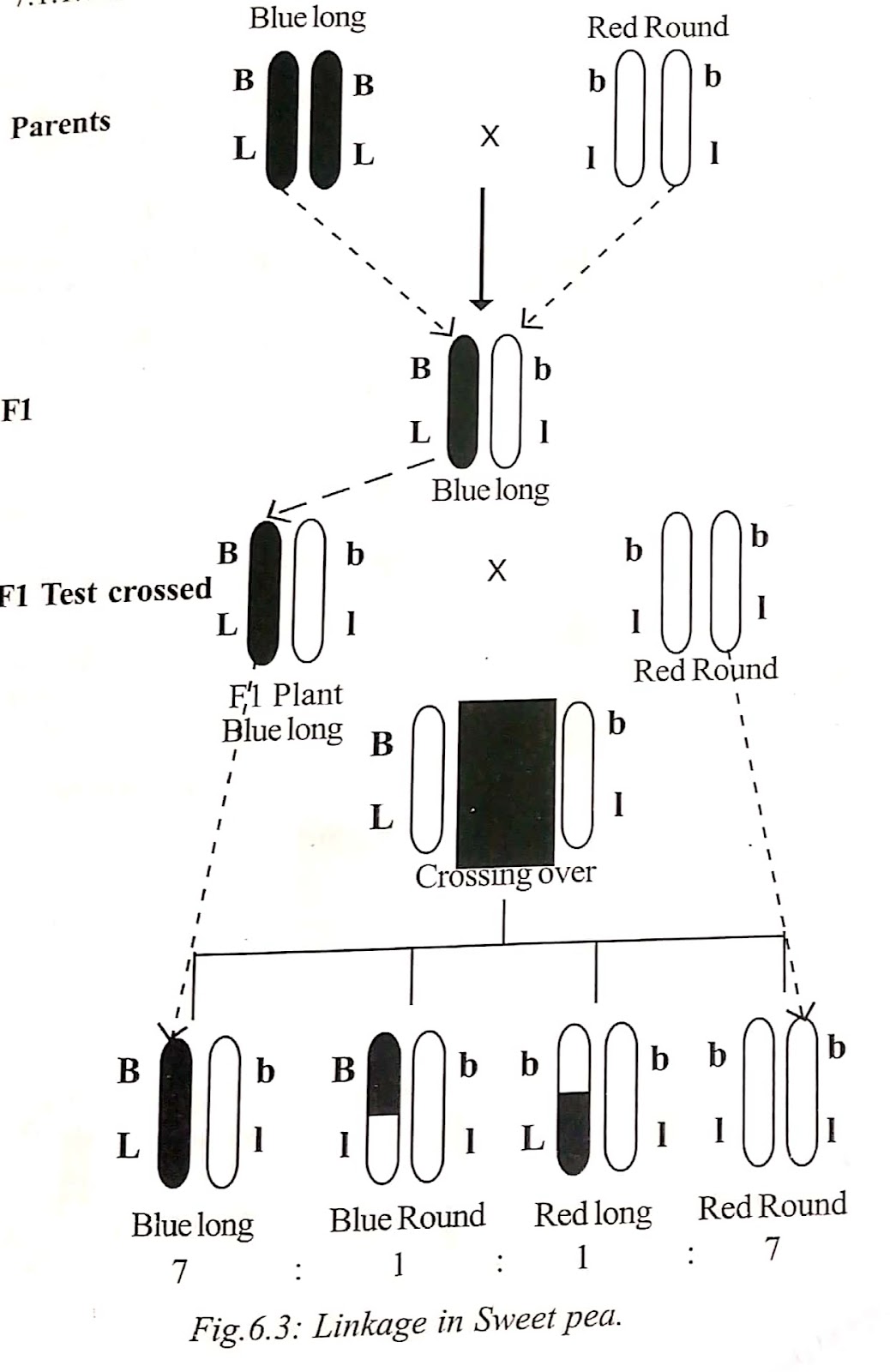Sex Linked Inheritance - types, X linked, Y linked, XY linked, Completely sex linked and Incompletely sex linked inheritance , cris-cross/ zig zag inheritance

Sex Linked Inheritance The transmission of body characters from parents to offspring along with a sex is called sex linked inheritance. It is also called sex linkage. The genes controlling body characters located on the sex chromosomes are called sex linked genes. The body characters (other than sex characters) controlled by genes located on the sex chromosomes are called sex-linked characters. Sex linked inheritance was discovered by T.H. Morgan in 1910. The following are the common examples for sex-linked inheritance: 1. Colour blindness 2. Haemophilia 3. Eye colour in Drosophila 4. Hypertrichosis (Hair in the ear pinna) 5. Ichthyosis hystrix. The sex linked genes are l...




